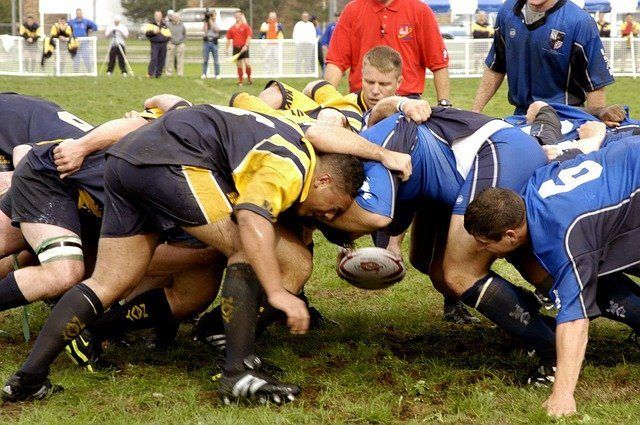It is no secret that professional rugby is in trouble in Australia. Poor results, a confusing competition and a seeming disdain for grassroots rugby from the ARU have led to the code haemorrhaging viewers and money, and most likely losing a super rugby team as well.
There are the obvious short term fixes that are already being tried (all of SANZAAR is trying to figure out how to fix Super Rugby, and there is clearly a lot of pressure on the Wallabies to have a successful Rugby Championship) but there is an obvious disconnect between the professional game and the amateur players and fans, and this needs to be repaired for the long term health of the game.
- Build on the club game.
At the same time as professional rugby has endured a decline in results, viewers and revenue, club rugby in Sydney and Brisbane has undergone a renaissance. Attendance at amateur and semi-professional games this year has boomed, with over 7,500 people turning out to watch the top of the table clash (and traditional derby game) between Manly and Warringah at Pittwater Rugby Park on Sydney’s Northern Beaches.Club rugby is really the only aspect of the game in Australia that is strong in 2017, so it needs to be heavily marketed and protected in order to create a foundation that we can rebuild from – and to make sure that rugby as a whole maintains an audience.
Club rugby remains popular in Australia. Photo: Hirobi, Pixabay. - Create a clear connection between clubs and professional teams.
There needs to be more connection between the competitions for the Super teams (the Shute Shield in Sydney and Premier Rugby in Queensland) and those same Super Rugby teams. When people have some connection to the players, they are more likely to watch games.For this reason the NSWRU and QRU should institute a rule that squad members for the Reds and Waratahs must play a full season of top level club rugby before they can represent their state. This might mean missing out on marquee signings, but it would create a clear pathway for aspiring players to follow and would firmly anchor the professional teams with the club rugby market, hopefully driving up viewership and game attendance. - Spread out Games.
It has been a long time since the Waratahs have been able to fill up Allianz Stadium, and the same is true for the Reds at Suncorp. Crowds have been dreadful in 2017, especially for games against overseas teams. Given that tickets at the main stadiums aren’t going to sell up anyway, why not try spreading the smaller games around a bit?
Rugby games should be strategically located to optimise audience turnouts. Photo: 12019, Pixabay. In NSW, for example, it is quite difficult for a lot of people whom the Waratahs supposedly represent to get to their games. Playing a game a season in Newcastle would be a novelty for the locals, and would probably see a higher crowd than staying in Sydney’s east.Even a lot of Sydney-siders struggle to reach the stadium, so games could be taken to Parramatta Stadium, Brookvale Oval and Shark Park as well, to try and gain new followers within Sydney, and it’s not like there are a lot of attendees to lose for games against South African sides (or Japanese or Argentinean) anyway.
These 3 strategies would all be long term changes to how rugby functions in its traditional strongholds, and are designed to strengthen the game in its two biggest markets of Sydney and Brisbane. There will be periods in the future when the players and results aren’t as good as we would like, but if there is a strong base support level for rugby, we won’t see anything like the current catastrophe again.

